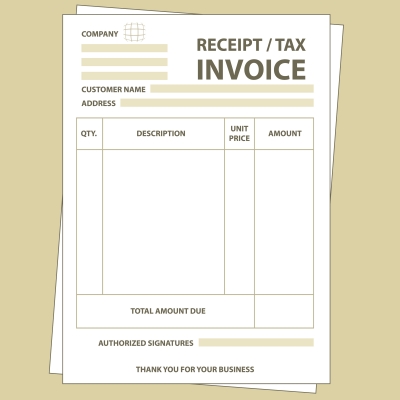Every company is a sum of the value it delivers to its clients. What differs from one company to the next is how that value is delivered and perceived. All too often, it is based solely on the fee you charge.
As you may know, there are three basic methods of charging fee for services:
• Cost-based: Your fee is a multiple of pay rate or cost rate
• Market-based: Your fee is based on what competitors charge
• Value-based: Your fee is based on the value you provide
Cost-based fee
Cost-based fee is easy to calculate. Figure out overhead and desired profits, divide by 2,000 hours (or some other hour goal) and add that to the pay rate. You have an hourly fee. Cost-based fee applies whether you are charging an hourly, monthly or fixed fee. They all start with the hourly rate.
However, when you invest in technology, productivity gains decrease your costs. In some situations, companies employing a cost-based fee structure may lower their hourly rates, but that is extremely rare. And if you don’t lower your rates, you are no longer following a cost-based fee structure.
Market-based fees
Market-based fees, or mimicking the fees of others, is the most common approach among professional services companies. It is also the greatest threat to profitability. Why? Because real-world actions show that companies tend to compete on fee alone. You cut the fee by a few dollars to get the business. Your competitor counters it with a lower fee. This downward spiral leads to commoditization. In short, you train your customers to value your services based on price and not value delivered.
Again, when you invest in technology and productivity gains accrue, you may be able to sustain good profit margins but only in the short-term. Unfortunately, efficiency and productivity gains too often lead to conventional marketing decision to lower fees, creating a Death Spiral – competitors lower their fees, you lower your fees, they lower their fees and so on. In this process, a fundamental marketing concept is ignored: differentiation.
Value-based fees
The truth is that most professional services companies already set fees based on value. Not sharing technology-based productivity gains with clients is a basic form of setting fees based on value. Beyond this, however, most firms stop dead in their tracks. They continue to follow routine steps for bidding on projects. Going beyond this requires an understanding that value is not solely based on internal efficiency. The greatest value is perceived by your client. It is how you differentiate yourself from your competitor.
Editor's note: This is sponsored content. The text was provided by the sponsor company.
More from Author
Steven Burns | Jun 15, 2018
4 project management mistakes to avoid at all costs
Helpful tips for managing projects more effectively
Steven Burns | May 8, 2018
5 tips to improve employee utilization (and morale)
Ways to increase productivity and revenue, while providing a supportive workplace environment
Steven Burns | Apr 3, 2018
4 reasons to take a closer look at your project metrics
We've all heard that data is important, but what role does it really play in your business?
Steven Burns | Mar 28, 2018
6 strategies to keep your project on budget
Here are six strategies to keep your projects on or even under budget.
Steven Burns | Feb 1, 2018
If you want to improve profits, look to the numbers
Simple changes to your daily habits can help increase efficiency and profits.
Steven Burns | Jan 3, 2018
4 networking strategies to grow your business
Follow these networking strategies to grow your architectural business with the work that you want.
Steven Burns | Dec 28, 2017
Why every AEC firm needs project accounting
While standard financial accounting is essential for the health of your business, project accounting helps drive the success of individual projects.
Steven Burns | Dec 12, 2017
3 tips to address the top causes of budget overruns
The most cited issues are communication breakdowns, inadequate fees for the work provided, and unrealistic deadlines or schedules.
Steven Burns | Nov 30, 2017
4 invoicing tips that'll actually make your clients smile
There are techniques you can use with your invoices that both highlight your firm’s value and make the process more convenient for clients.
















